|
The London Design Biennale showcases some of the world’s most exciting designers, innovators and curators to demonstrate how design impacts every aspect of our lives. This year’s Biennale at Somerset House explores important political, social and environmental issues, with the pavilions providing a place where visitors can engage with these subjects in a fun and interactive way. The theme ‘Emotional States’ encourages artists to examine the global and political shift towards understanding a country’s overall happiness and well-being. At a time when there is now a Gross National Happiness Index, the United Arab Emirates has a Minister for Happiness, Venezuela elected a Vice Minister of Supreme Social Happiness and Theresa May appointed a Minister for Loneliness, exploring emotion has never been so timely. Ideally, you need a full day to explore all 37 pavilions at the Biennale. For those with limited time, I’ve highlighted the most exhilarating ‘must-see’ exhibitions. Greece: ‘Disobedience’ Set in the forecourt at Somerset House, visitors are invited to walk through the walls of this 17-metre-long kinetic structure. As you take your first step, the floor moves down and the walls expand out like a skeleton breathing. The shock of this makes you either hurry through, relieved to come through the other side, or inspires an excitement and curiosity where viewers would lean into the sides of the wall and look in wonder at the structure. To further bring the structure to life, there will be dance performances that will run throughout the Biennale. Puerto Rico: ‘Soft Identity Makers’ This dynamic exhibition explored the concepts of nation and identity, which is particularly interesting in Puerto Rico where residents are American citizens but don’t have voting rights. Visitors are invited to select five images of different textures, colours, flavours, sounds and attitudes, which are translated into symbols through a specially designed algorithm to create a unique identity, which gets printed onto a T-shirt that you can keep – brilliant! Saudi Arabia: ‘Being and Existence’ This beautiful meditative exhibition uses mirrors and slow-moving circular, mandala-like images to create a sense of infinity. As you look closer, you notice the circles are comprised of a complex series of white light symbols. These symbols or ‘codes’ are based on Arabic calligraphy and Islamic geometry and use the Vedic Square – the hidden language of creation – to create the symbols. Dundee: ‘Shpeel’ As you walk into a darkened room, you become immersed in a techni-colour light show, with light cast onto the walls and loud music playing in the background. In the centre of the exhibition is the ‘avatar’ that lets you control the colours and lights by pressing different buttons. You soon learn that the buttons relate to different emotions with which you can explore and interact with other visitors. This clever piece of design has been developed to help young people explore their emotions when language can be prohibitive. USA: ‘Face Values’ This interactive exhibition looks at alternative uses of facial recognition technology, typically used for security and behavioural profiling. Visitors are invited to sit in front of a camera and asked to express an emotion and hold it for 30 seconds. The computer then creates a profile detailing your age, ethnic background and how successful you were in creating that emotion. All images taken during the exhibition will be archived throughout the duration of the Biennale. Israel: ‘Exposed Nerves’ Here visitors will find a live rapid response design studio, with an artist, architect and designer working towards a different design brief each week. This is just a snap shot of the wonderful exhibitions on offer for all to enjoy. With only two weeks to go, ensure that you make the time to visit this fabulous creative event.
The details The London Design Biennale is on at Somerset House from now until 23 September 2018. http://www.londondesignbiennale.com Elinor Seath
0 Comments
Leave a Reply. |
Arts, Culture & Entertainment
All
Archives
July 2020
|

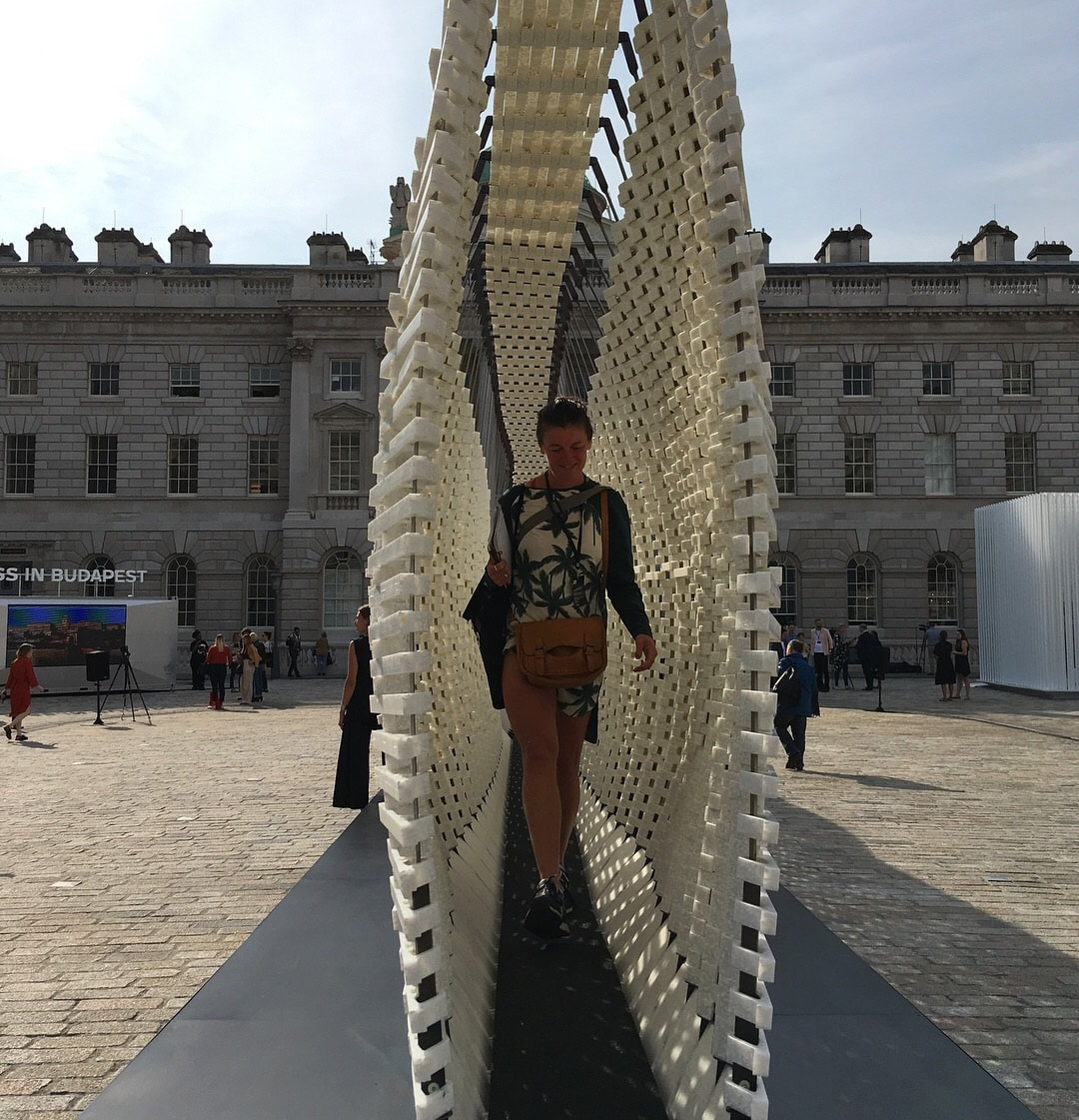
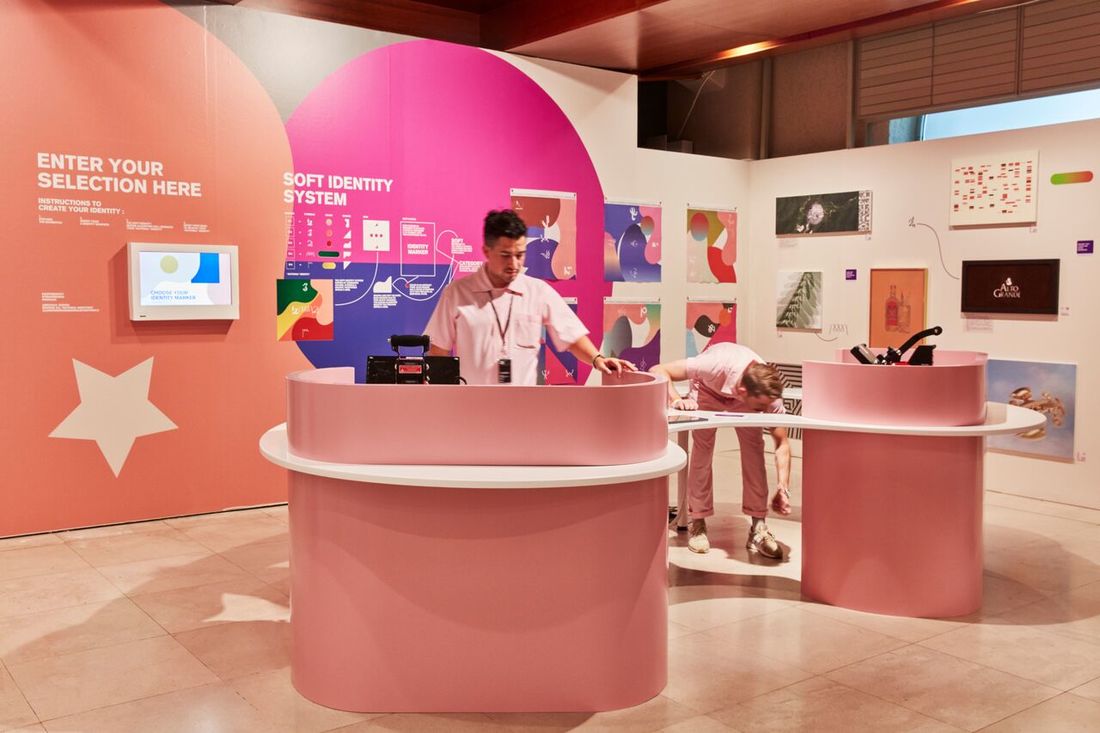
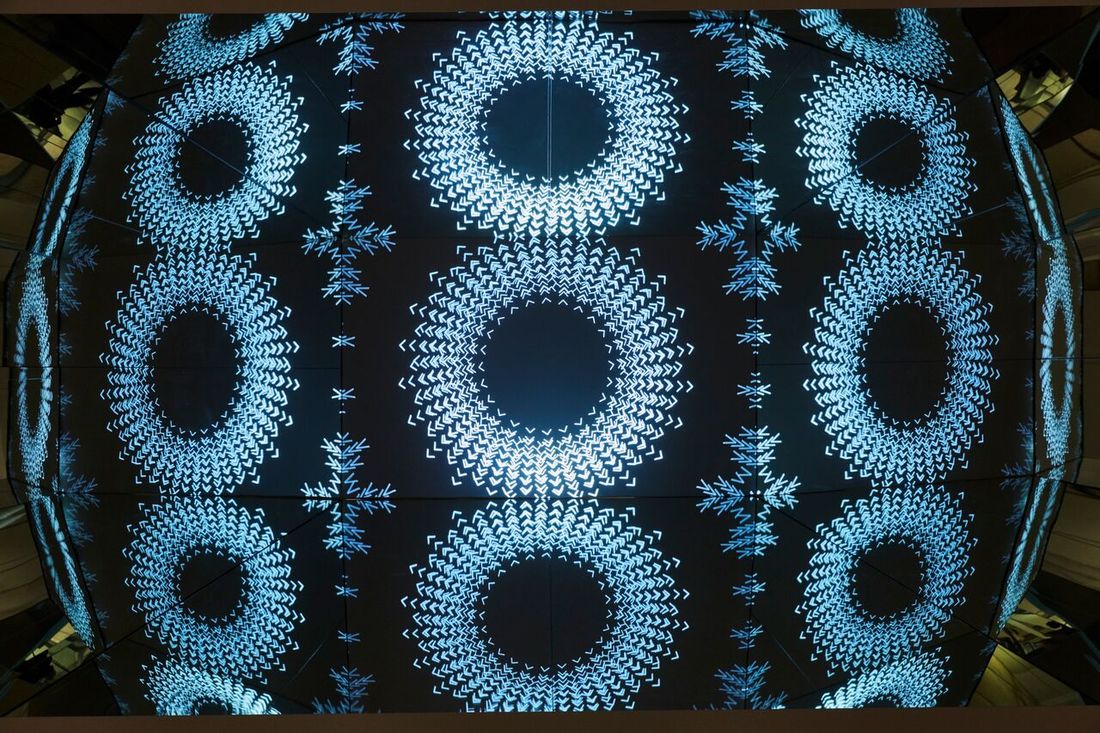
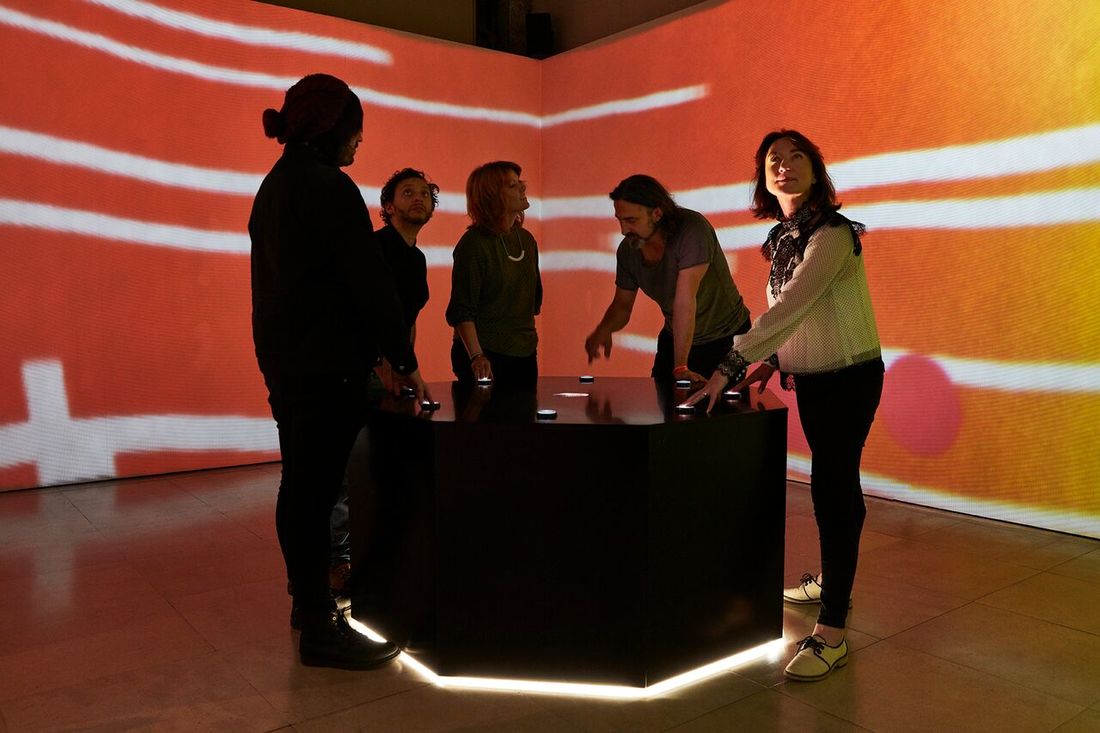
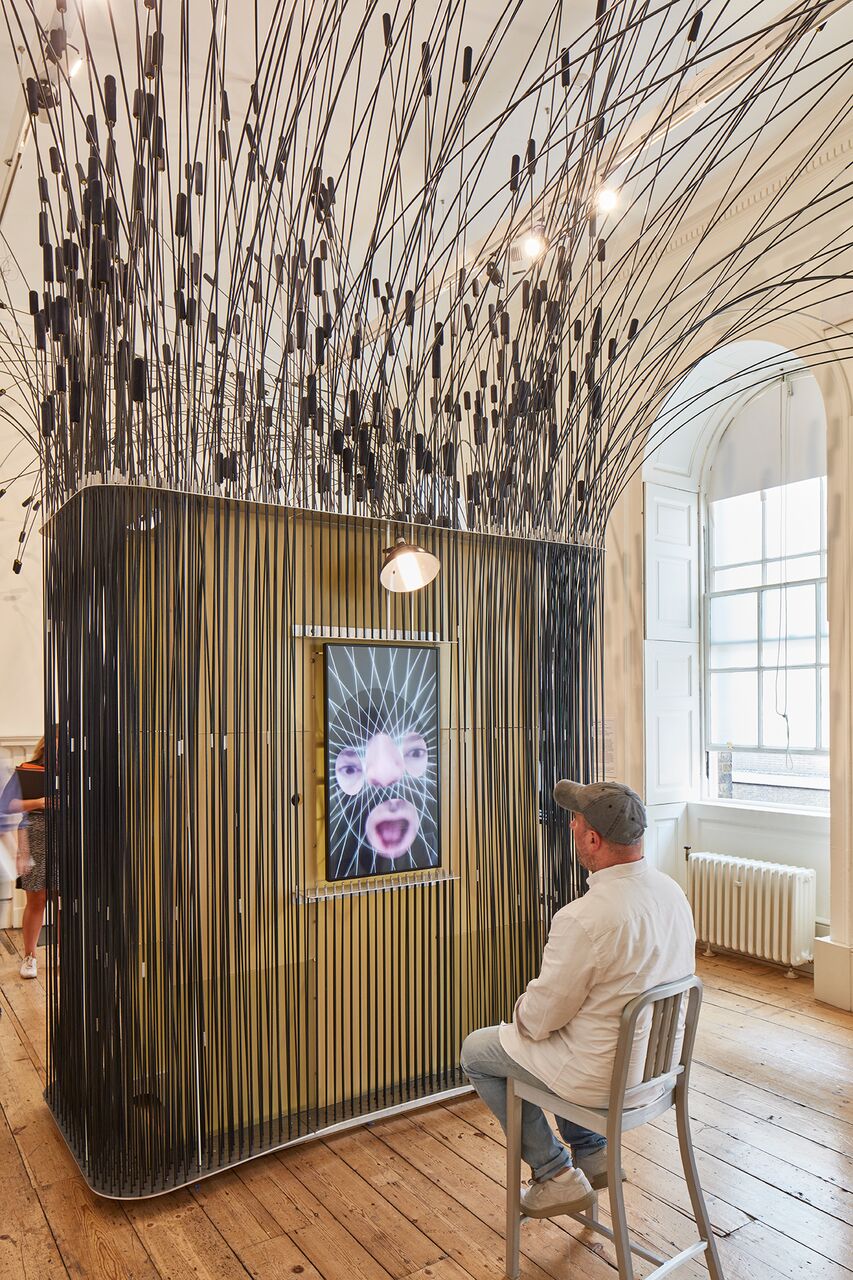
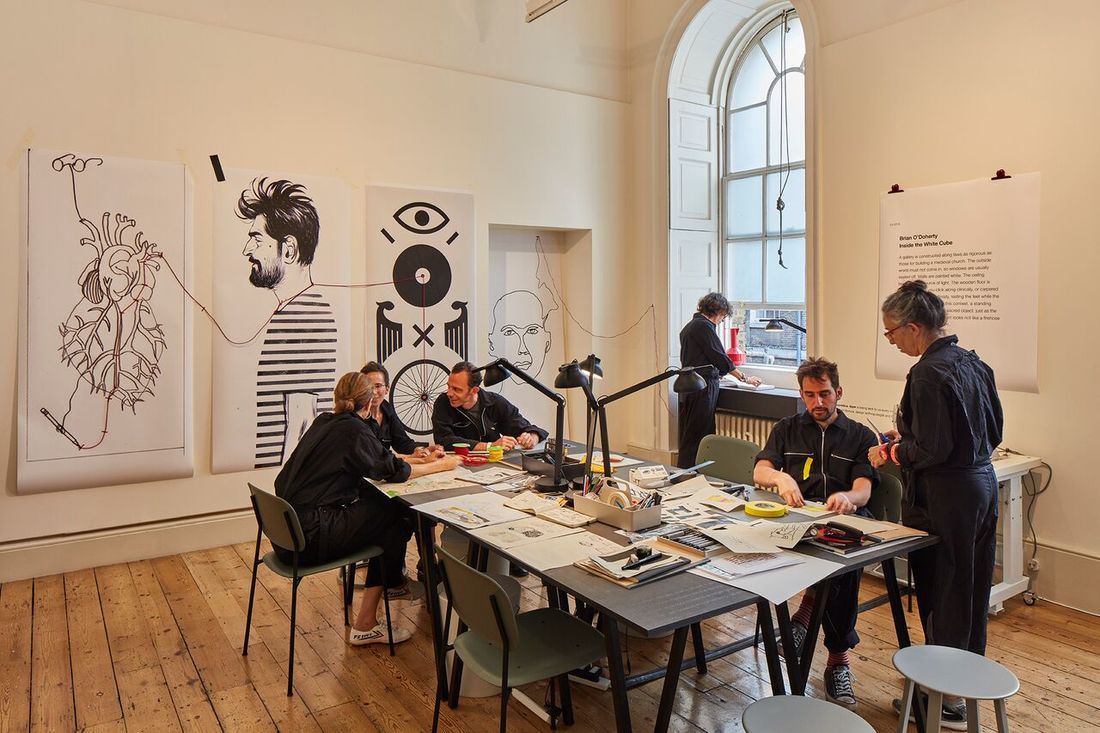
 RSS Feed
RSS Feed